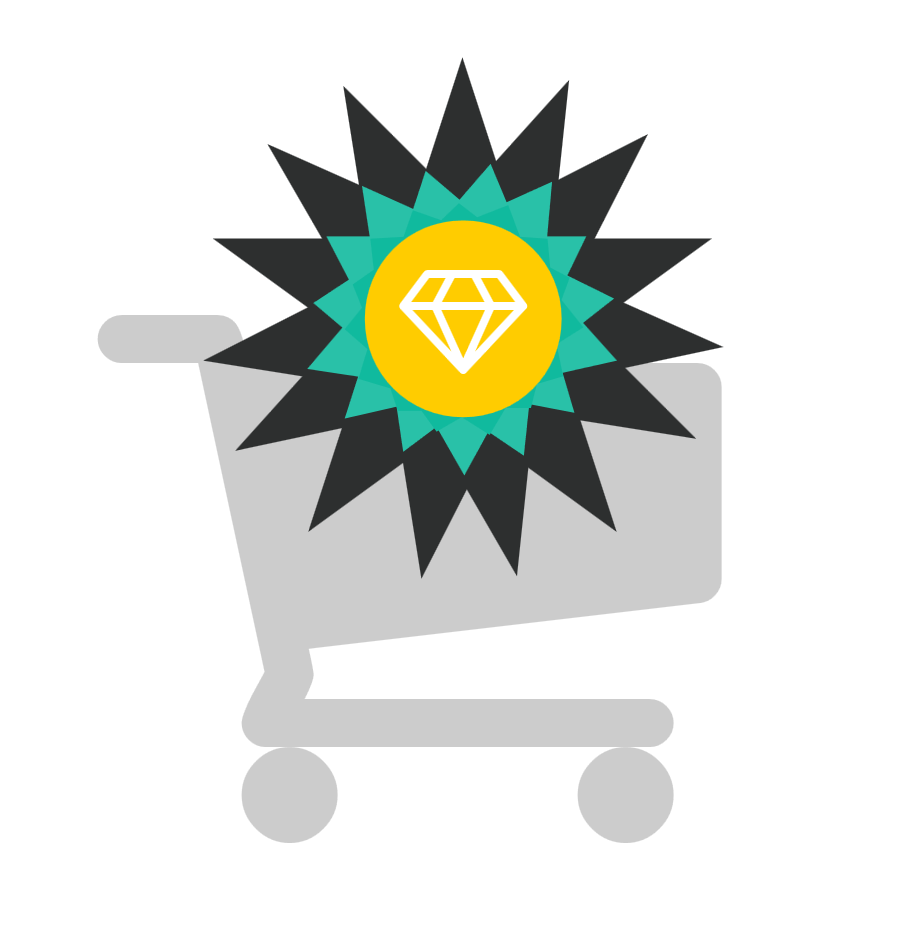Blog: Lab
Connect Axure Cloud + Hotjar + Google Analytics
If you know Axure (a powerful wireframing and prototyping tool), you are probably familiar with Axure Cloud, their Cloud publishing platform. That’s where a designer can upload their work to make it visible at a given URL to clients and teams. Among other benefits (like comments), it offers the possibility to add plugins to your prototype, and this feature can be pretty powerful. Today I want to focus on how to use the plugins to connect an interactive prototype to Google Analytics and Hotjar, and get feedbacks on users’ behaviors with your interface.
Trad-19 : le traducteur de poche Covid-19

L’application Web Trad-19, disponible sur mobile, propose des traductions et illustrations visuelles du vocabulaire lié au diagnostic Covid-19, dans le but de faciliter la communication entre professionnels de la santé et patients.
Luxury e-commerce in 2018: A user experience index

More and more luxury brands are turning to e-commerce and online sales to reach a more and more connected audience and get closer to their customers all over the world. If e-commerce comes with standards and best practices, the luxury industry brings their own values to the concept: top-end personalized service, high quality, design and technology, customer service…
What can e-shoppers expect from luxury brands in terms of user experience and what are the keys to a luxury e-commerce journey in 2018?
The beginning of the year is the time I conduct a UX benchmark accross luxury websites, to identify best practices in the industry. This year, 32 e-commerce websites were analyzed, and here are the main conclusions.
Meet Johnny, my personal chatbot (or an introduction to chatbot UX)

Chatbots are everywhere. In a few months, these little entities of artificial intelligence have smartly conquered Internet. No wonder: putting a welcome end to interminable waiting songs and dead-end chats with overwhelmed contact centers, they are always available, answer in a matter of seconds, can process several conversations at a time and never lose their temper. And they are actually very easy to create. As a matter of fact, anyone could train a chatbot (as a living proof, I designed have my own chatbot, and it was super fun), with one of many online systems dedicated to that extent. Creating a chatbot is not about development or programming: it’s all about training. And as any training process, there are some guidelines. Here is a few things I learned about chatbot UX, from training mine, and benchmarking a few others.